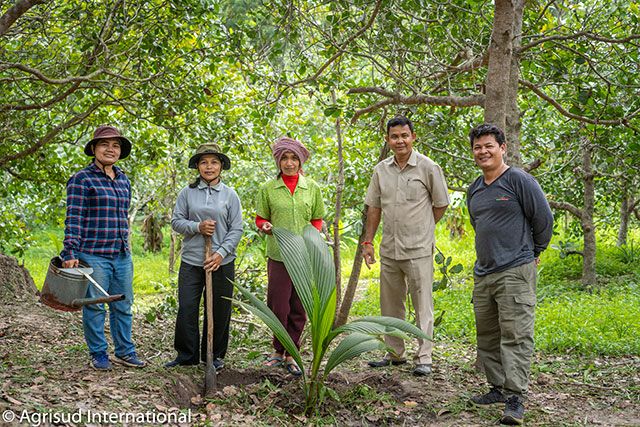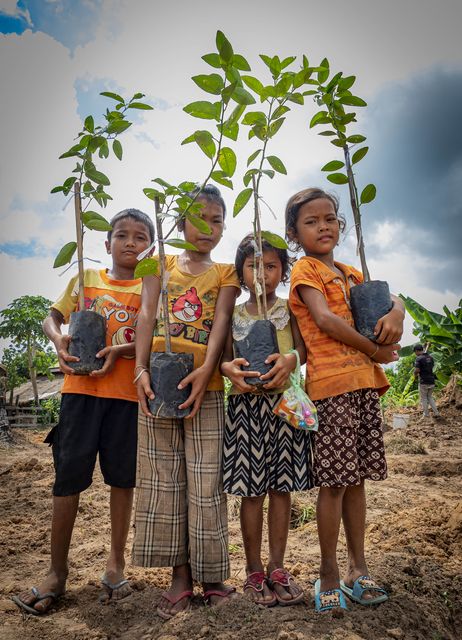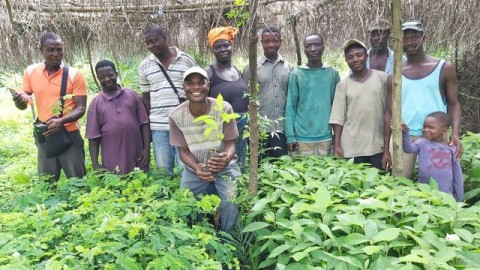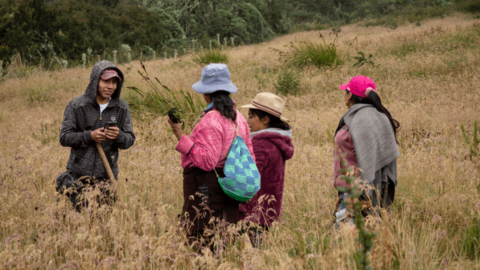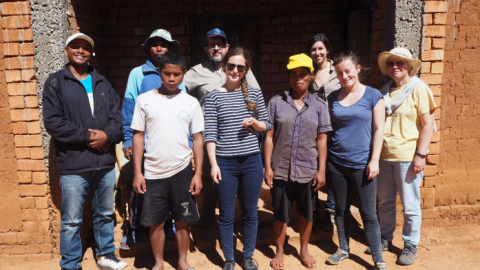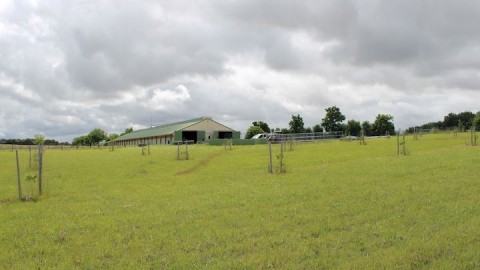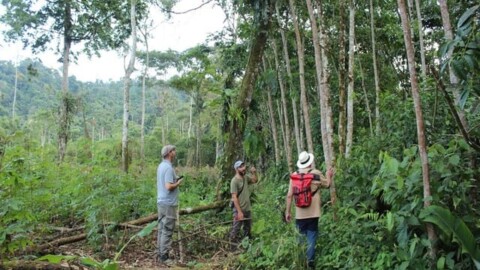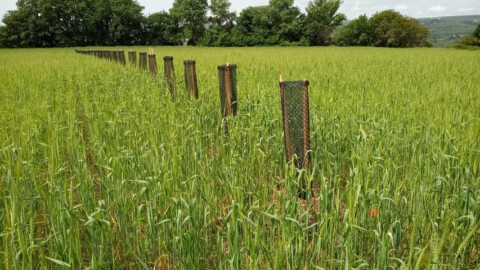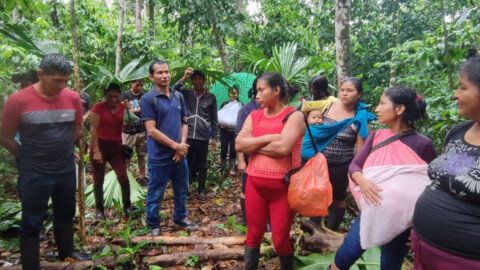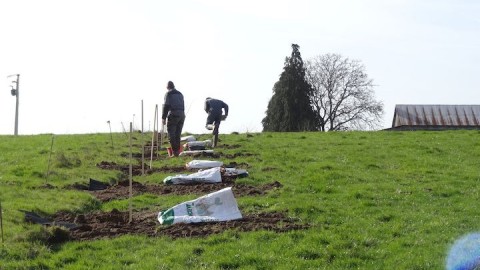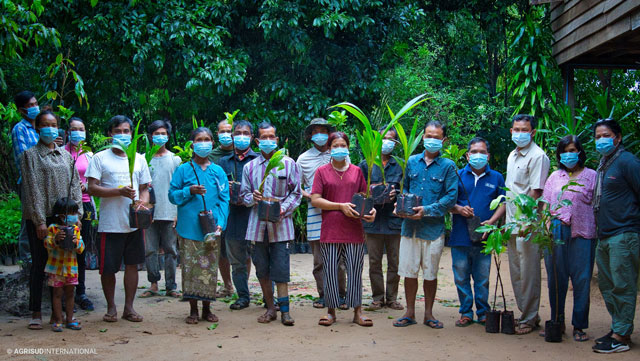
Phnom Kulen National Park, Cambodia, September 2021
Initially scheduled for May 2021, the planting campaign had to be postponed to June and July 2021. Travel restrictions put in place to tackle the Covid-19 pandemic have prevented project technicians from bringing young trees to producers.
Thanks to your generous donations 8,281 trees were planted by 176 families. This represents 23 tree species, including 18 agroforestry and 5 forest species.
A big thank you from the planting team and beneficiaries!
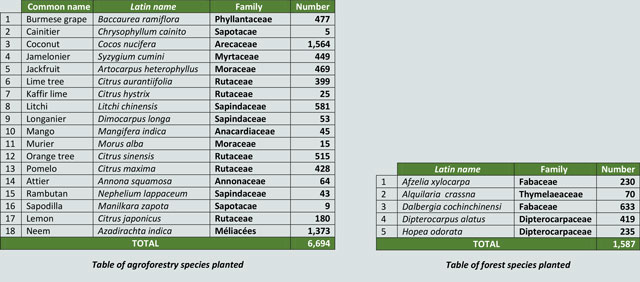
Among all the species planted, two stand out: coconut palm and neem (Azadirachta indica).
The existing coconut plantation of Phnom Kulen National Park is ageing and dangerous due to risks when picking from the extremely tall trees, plus falling ripe fruit. The coconut palm is a multipurpose tree, its leaves are used for roofs, walls… the green fruit is very popular in tourist areas and the ripe fruit used for cooking. This explains why producers are keen on this particular tree species.
Demand is also very high for neem. This is partly down to the training that has been carried out with the beneficiaries, indeed any parts of the plant can be used for biopesticide production. In addition, buds are very popular for cooking, especially for their medicinal properties and the wood is also used for building material.
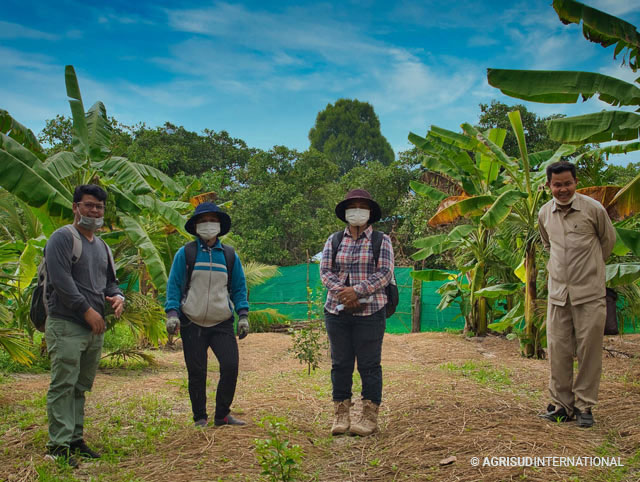
This planting campaign was successfully carried out with the participation of several actors who coordinated in the field: the Agrisud International team, the partner NGO team ADF (Archeology & Development Foundation), plus local authorities who facilitated activities during the pandemic.
Interview with Sopheak: an Agrisud technician
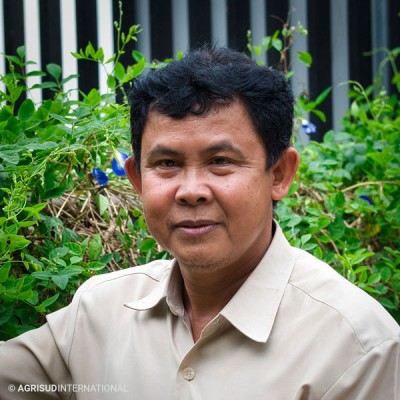
Could you tell us a bit about yourself?
“My name is Sopheak Keo and I am in charge of the Bantey Srei area in Phnom Kulen National Park. During the campaign I managed the activities and led the training.”
What kind of support did you provide for the project?
“Firstly, with our partner ADF, we launched awareness campaigns in the villages then identified families interested in introducing trees to their production system. Secondly, we delivered training sessions on: planting, managing organic matter (i.e. producing solid compost or liquid biofertilizer, for example), and producing biopesticides from neem. We then supported the producers during the early planting days. Futher training is planned, on tasks like pruning and grafting, for instance.”
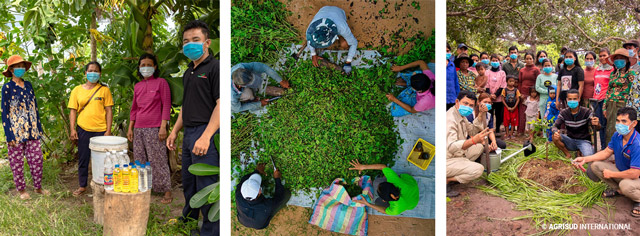
How is choosing the species organised?
“During the awareness sessions, we encourage producers to diversify tree species as much as possible, emphasszing the benefits they can gain. However, the final choice is up to them because if we force them to adopt a particular species, they will certainly not take care of it.”
What were the strengths and constraints of the planting campaign?
“Despite the difficulties due to Covid-19, the planting campaign proved a success. Activities began in early 2021, in the midst of the pandemic, it was really complicated to get out into the field, to meet people, because there were repeated lockdowns, travel restrictions …. Yet thanks to the team motivation and goodwill of the local authorities and beneficiaries, we exceeded our goals!”
What are your future expectations?
“Our mission is to tackle poverty by means of an agroecological approach. In other words, favouring common-sense practices that reconcile productivity and low pressure on the environment and sustainable management of natural resources. introducing trees is part of this process. In the Park, especially at the foot of the mountain, large areas need to be planted, many families want support. I hope another campaign will be possible.”
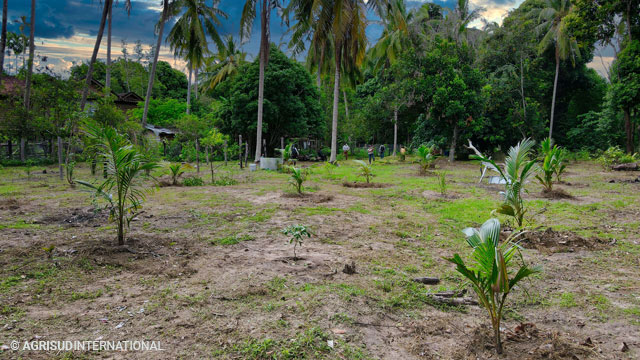
Donations made are vital to ensure the young trees planted survive!
Based on an average survival rate of 88.5% three years after planting, we can expect to achieve nearly 7,328 trees in a stable situation by 2023, thus exceeding the intial target of 6,200 trees in a stable situation.
But to reach or even exceed this goal, very special attention must be paid during the first year of growth – critical stage for these young trees. That’s what we are going to follow up over the coming months with the technicians in charge of this monitoring.
Next article: monitoring the growth of young sapling!


